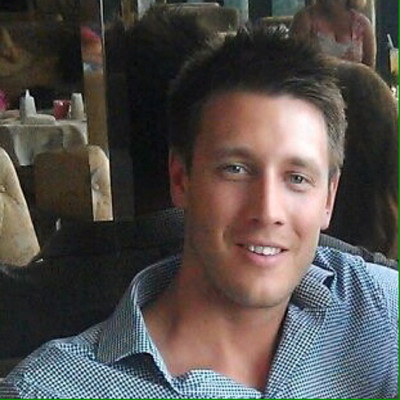- Video Library
- Inovus Medical | Elliot Street, CEO
Inovus Medical | Elliot Street, CEO

Elliot Street
Elliot studied medicine at the University of Manchester before completing his foundation training at the Oxford University Hospitals.
Alongside his clinical commitments, he retains an active role in product development, bridging the gap between clinician and designer as well as running Inovus' sales and marketing operations.
Elliot Street
Elliot studied medicine at the University of Manchester before completing his foundation training at the Oxford University Hospitals.
Alongside his clinical commitments, he retains an active role in product development, bridging the gap between clinician and designer as well as running Inovus' sales and marketing operations.

17011 Beach Blvd, Suite 500 Huntington Beach, CA 92647
714-847-3540© 2025 Life Science Intelligence, Inc., All Rights Reserved. | Privacy Policy







